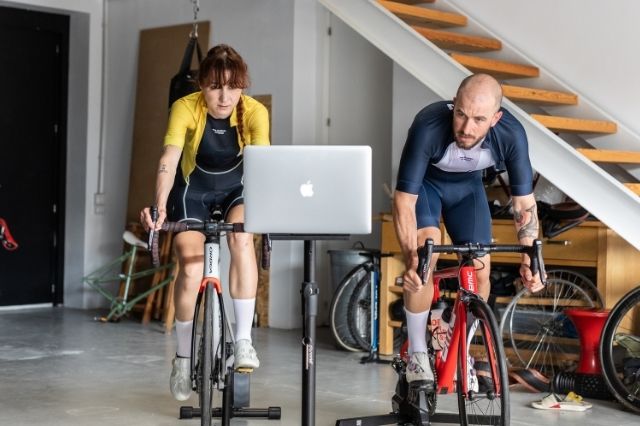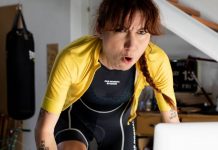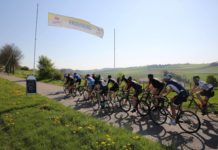When a bike injury sidelines a cycling enthusiast from their passion, the road to recovery can be both a physical and mental challenge. It’s not just about regaining physical capability, but also rebuilding confidence and adapting to new circumstances. The bike, a symbol of freedom for many, becomes a tool for rehabilitation, a bridge back to normality.
Understanding your injury: Knowledge is power
Before embarking on a return to training, it’s crucial to understand the nature of the injury (a bike injury, in this case). Open communication with a doctor or physiotherapist is key. They can offer a detailed insight into the injury, its extent, and any potential limitations. Armed with this knowledge, one can set realistic expectations and avoid setbacks.
While the temptation to skip stages of the rehabilitation process might be strong, it’s essential to follow medical advice to the letter. Remember, even if you feel fine, internal healing processes might still be ongoing. Rushing might result in long-term complications.
Tips for a successful rehabilitation
Nutrition undoubtedly plays a fundamental role. Ensure you consume enough protein to support the repair of muscles and damaged tissues. Omega-3 fatty acids, found in fish like salmon, can help reduce inflammation. Also, consider incorporating foods rich in vitamin C and zinc, which support healing.
Rest is as crucial as diet. Your body needs time and energy to heal correctly. Listen to your body and avoid pushing it too hard.
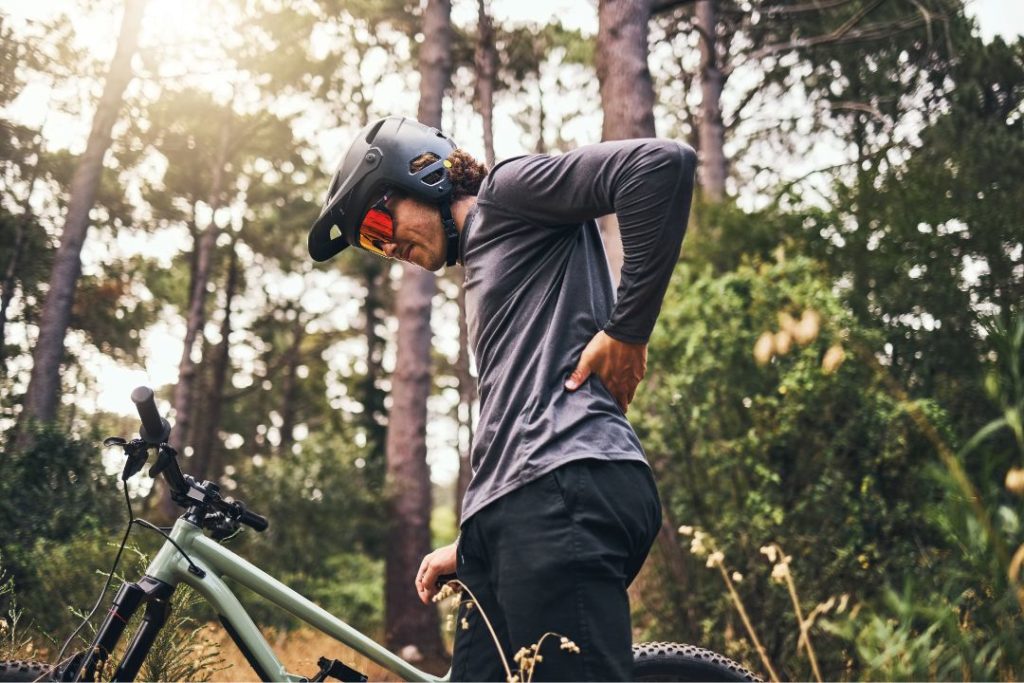
The process of returning to cycling: Step by step
Returning to cycling after an injury should be viewed as a marathon, not a sprint. It’s a process that, approached with caution and patience, will result in a successful and safe comeback. Here, we’ll break down this process step by step.
- Starting in a controlled environment: Consider starting in a safe or enclosed space, like a yard or a quiet park, where you can practise without the stress of traffic or tricky terrains. Technological tools such as BKOOL can be incredibly helpful. They allow you to simulate real cycling scenarios without the associated risks.
- Proper warm-up: Before starting any session, take the time for a good warm-up. This will prepare your muscles and joints, minimising the risk of setbacks or new injuries.
- Setting boundaries: Initially, set clear boundaries for your sessions, both in terms of time and intensity. It might be just 10 minutes on the first day, increasing gradually as you feel more comfortable.
- Ongoing feedback: Keep a diary of your feelings after each outing. Did you experience any discomfort? Was any movement particularly challenging? This record will help you understand your progress and adjust your sessions accordingly.
- Integration of terrains and challenges: Once you feel confident in controlled settings, it’s time to tackle real terrains. You need to check if you can safely get back on the bike after the injury. Start with flat, easy routes.
- Rest and recovery: Don’t underestimate the importance of rest. Especially in the beginning, you might feel tired or sore after riding. Make sure you give your body the necessary time to recover between sessions.
- Physical therapy and supplementary exercises: Alongside returning to cycling, continue with any rehabilitation or strengthening exercises recommended by your physiotherapist. These will help enhance your physical condition and ride your bike with greater confidence.
Adjusting your bike to your new needs
Perhaps your bike injury requires some adjustments to your bike. You might need to change the saddle, adjust the handlebar height, or even get special pedals. Seek expert advice to ensure your bike fits you and not the other way round.
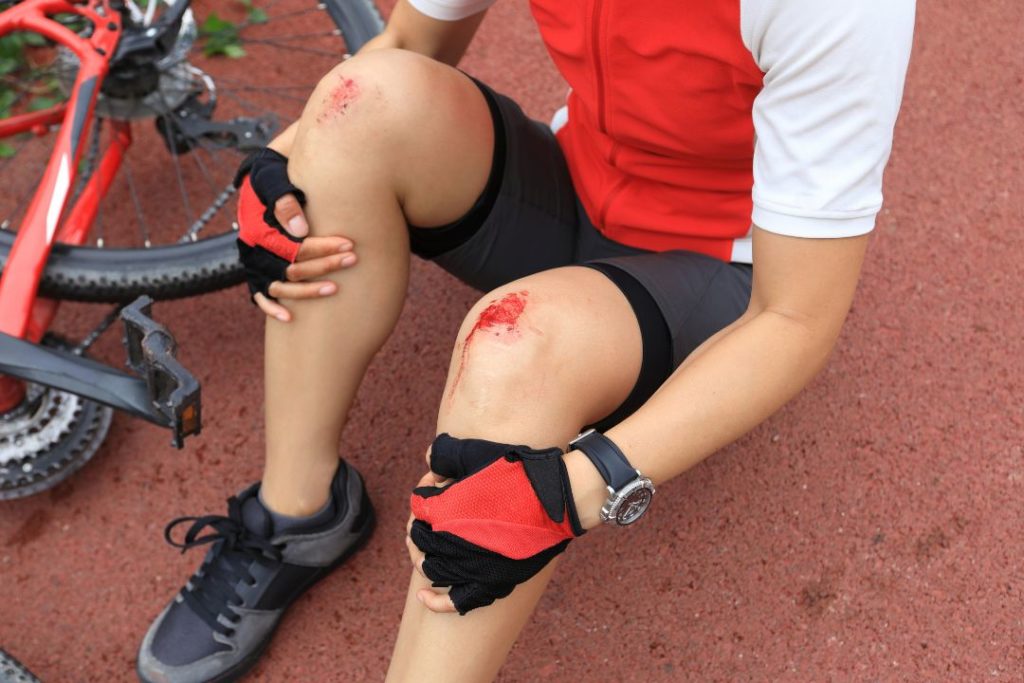
Relaxation techniques and overcoming fear
It’s natural to feel fear or anxiety when thinking of riding again after an bike injury. Meditation and deep breathing are useful techniques for managing these feelings. Dedicate a few minutes daily to centre yourself, breathe, and visualise a successful journey. Your mind is a powerful tool in your recovery process.
Beyond the physical benefits, cycling also contributes to our mental health. Cycling can be meditative and liberating. By confronting and overcoming your fears, you bolster your self-esteem and confidence. Additionally, the release of endorphins during exercise helps uplift your mood.
The support of a group can be invaluable. Consider joining a cycling club or support groups for people who have suffered similar injuries. Seeing others face and overcome similar challenges can be an inexhaustible source of motivation.
Don’t forget to set small goals. Each achievement, no matter how minor, is a step towards your complete recovery. And if you ever feel you’re not progressing, look back and see how far you’ve come.
Returning to cycling after an injury is a journey of self-discovery, resilience, and triumph. With the right support, the right information, and optimal nutrition, this journey can be not just a return to normality but a transformation into a stronger version of yourself.
One of the tools that can aid in your recovery process, in addition to maintaining your form, is cycling simulators like BKOOL.
BKOOL is the most comprehensive cycling simulator on the market. Try it FREE for 30 days!


